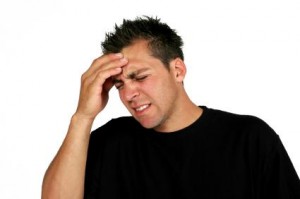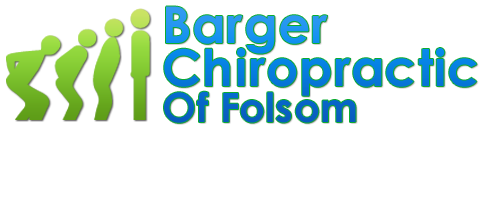 Millions of Americans experience headaches each day. Although there are many causes of head pain, some requiring immediate medical attention, the majority of all headaches fall into two categories: migraine headaches and tension headaches.
Millions of Americans experience headaches each day. Although there are many causes of head pain, some requiring immediate medical attention, the majority of all headaches fall into two categories: migraine headaches and tension headaches.
Migraine headaches are known to be the more severe of the two. Migraines affect more women than men; are usually preceded by an “aura” which can come in the form of altered vision and hearing; can last for more than a day; can be triggered by certain environmental stimuli; and can be accompanied by nausea and photophobia (fear of light). Despite millions of dollars of research, discovering the cause of migraines has remained elusive, as has the treatment.
Tension type headaches are usually described as a tightening band around the head and base of neck, and are of shorter duration. Some studies suggest that tension headaches are related to structural abnormalities in the cervical spine (neck). Nerve roots branch out from between the cervical vertebrae and control muscular contraction around the head, jaw and neck. If the vertebrae are out of position,also known as a subluxation, they may place mild pressure on these nerves, causing them to increase muscle contraction.
Drug Culture
While convenient, drugs that numb your nervous system have side effects, such as kidney failure or liver damage. Worse, they don’t actually correct the underlying cause of the headache.
Hidden Cause
A common cause of headaches is from spinal bones in the neck that aren’t supporting the head properly. You might not notice your reduced ability to turn your head. But these vertebral subluxations affect nerves, muscles and even the blood supply to your head.
Our thorough examination detects vertebral subluxation patterns that could be causing your headaches. If vertebral subluxations are present, you’re likely to benefit from chiropractic care. Headache relief is just a call away at Barger Chiropractic of Folsom!
After a thorough exam, including review of previously taken imaging (x-ray/MRI ) studies, a diagnosis will be made. Treatment may include chiropractic spinal adjustments, manual therapy, exercises, neck traction, and electrical stimulation.





